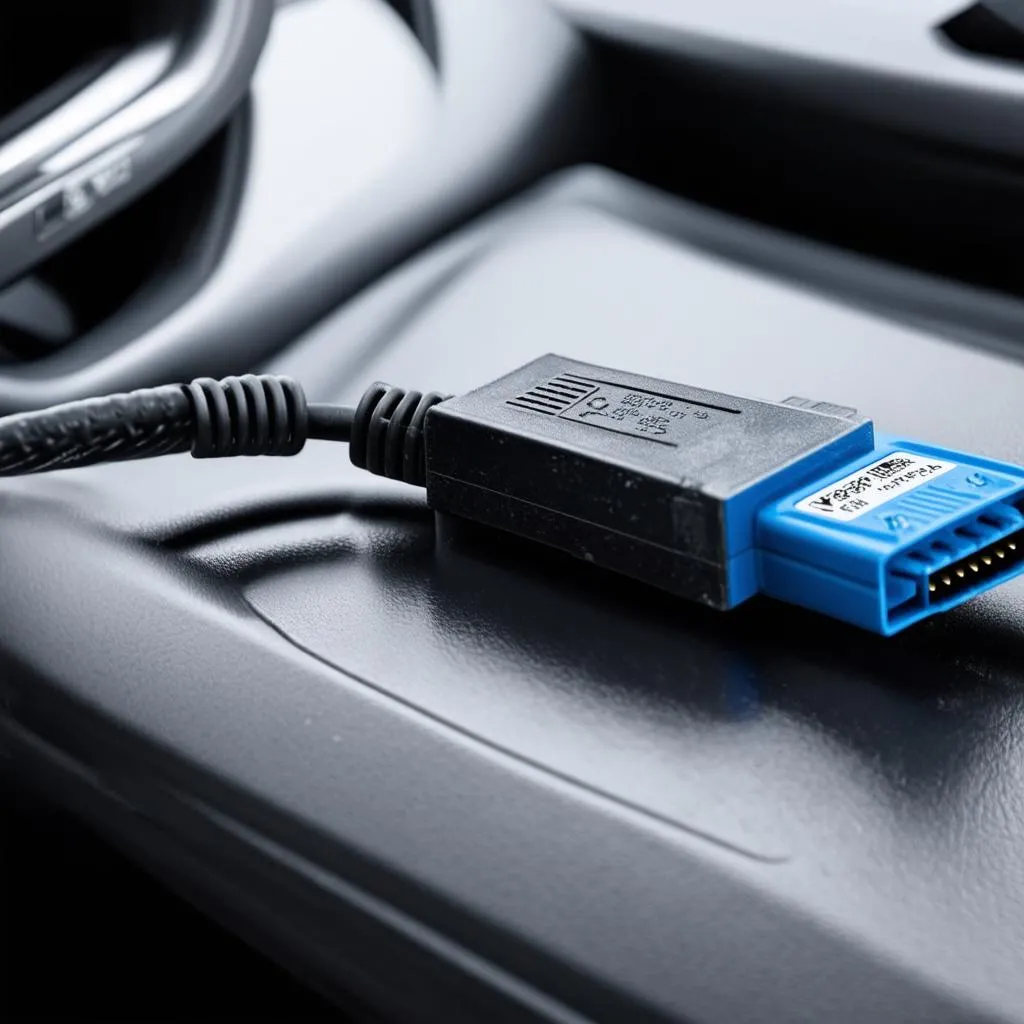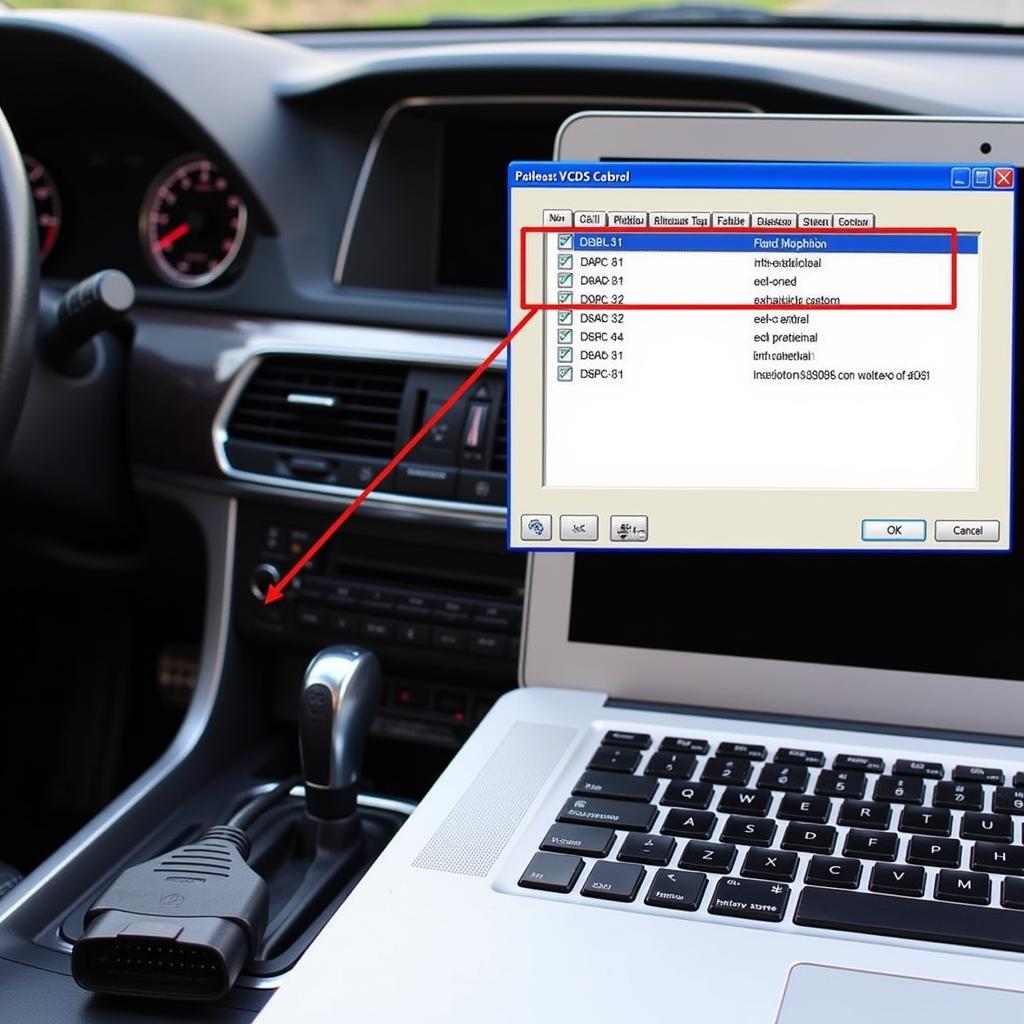Losing or needing to replace a car key can be a frustrating experience, especially with modern vehicles equipped with sophisticated immobilizer systems. Thankfully, tools like VCDS (Vag-Com Diagnostic System) offer a cost-effective alternative to dealership programming for Volkswagen, Audi, Seat, and Skoda vehicles. This article will delve into the process of programming a new key using VCDS, addressing common questions and concerns.
What is VCDS and How Does It Work?
VCDS is a powerful diagnostic software developed by Ross-Tech that connects to your vehicle’s onboard computer (ECU) through a standard Windows PC. It allows access to various control modules, enabling users to read and clear fault codes, view live data streams, and perform advanced functions like key programming.
Programming a New Key with VCDS: Step-by-Step
Before starting, you’ll need:
- A compatible VCDS system: This includes the software and a compatible cable. You can find reliable options like the VCDS 2014 or explore a range of Ross-Tech VCDS cables for sale.
- A working key: You’ll need at least one working key to initiate the programming process.
- The new, unprogrammed key: Ensure it’s the correct type for your vehicle model.
Procedure:
- Connect: Connect your VCDS interface to your vehicle’s OBD-II port and your computer.
- Initiate Communication: Turn the ignition on but don’t start the engine. Launch the VCDS software and establish communication with your vehicle.
- Access Immobilizer: Navigate to the “Immobilizer” control module within the software.
- Adaptation: Select “Adaptation” and locate the channel related to key programming. The exact channel number may vary based on your vehicle model. Consult your VCDS documentation or online resources for specifics.
- Enter Value: You’ll need to enter a specific value in the designated field. This value represents the number of keys to be programmed, including the existing and new keys. For instance, if you have one working key and are programming one new key, you would enter “2.”
- Program Keys: Follow the on-screen prompts, which typically involve instructions like inserting keys and cycling the ignition.
- Verify Programming: Once complete, VCDS will confirm if the programming was successful. Test all keys to ensure they function correctly.
Precautions and Considerations
- Research Thoroughly: Always consult your vehicle’s specific instructions and research the procedure thoroughly before attempting key programming.
- Genuine Keys: Use only genuine OEM keys or blanks that are specifically compatible with your vehicle and immobilizer system.
- Battery Health: Ensure your vehicle battery is fully charged to avoid interruptions during programming.
- Professional Assistance: If unsure about any step, it’s always advisable to seek professional assistance from a qualified automotive locksmith or technician.
Frequently Asked Questions
Can I program a used key with VCDS?
No, VCDS generally cannot program used keys. Used keys already have stored immobilizer data, making them incompatible for reprogramming.
What happens if I enter the wrong value during adaptation?
Entering an incorrect value could lead to unsuccessful key programming or other issues. It’s crucial to double-check the values and follow the instructions precisely.
Can I use VCDS to program keys for any car model?
No, VCDS is specifically designed for vehicles within the Volkswagen Audi Group (VAG). It’s not compatible with other car brands.
 VCDS Interface Connection
VCDS Interface Connection
Conclusion
Programming a new key with VCDS can save time and money compared to dealership visits. However, it requires careful attention to detail and a thorough understanding of the process. If you’re comfortable with basic automotive diagnostics, VCDS provides a valuable tool for managing your vehicle’s key and immobilizer system. For further assistance or support, consider exploring resources and products offered by reputable providers like CARDIAGTECH.

